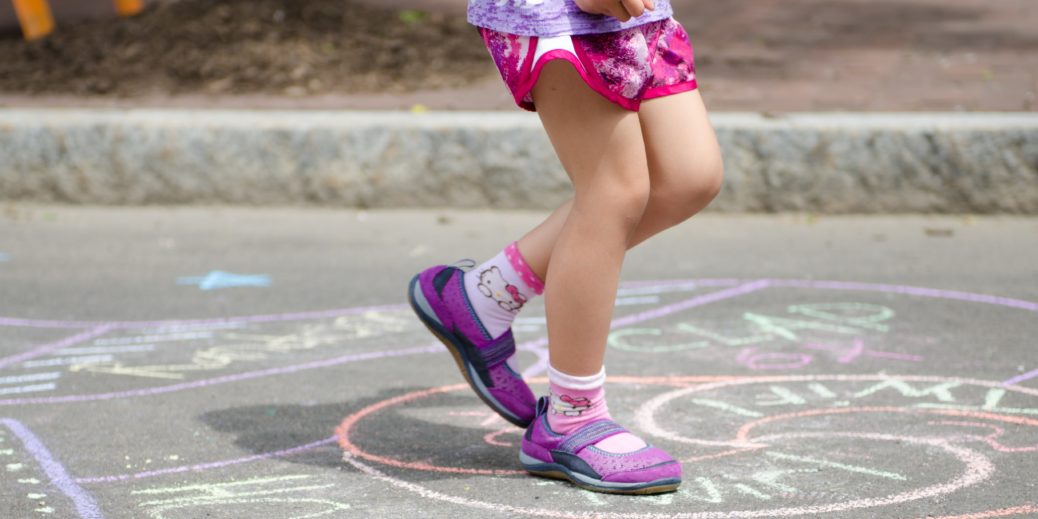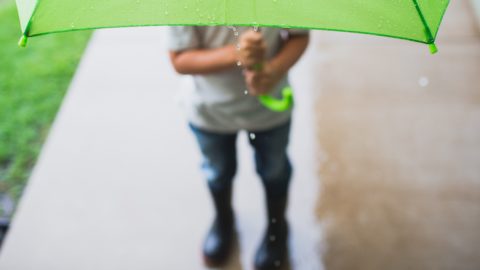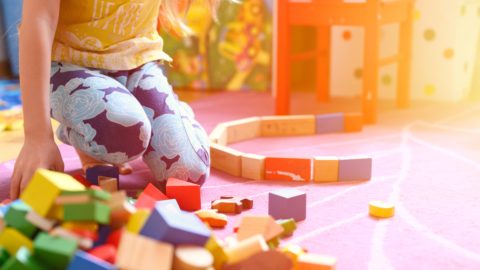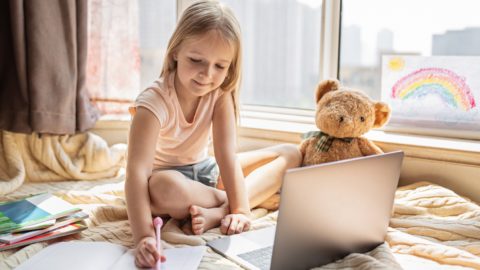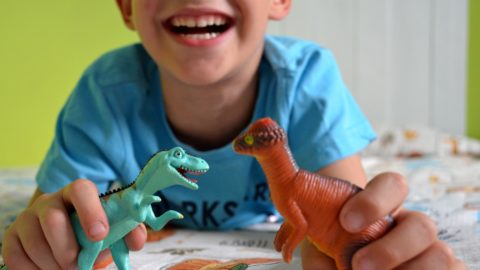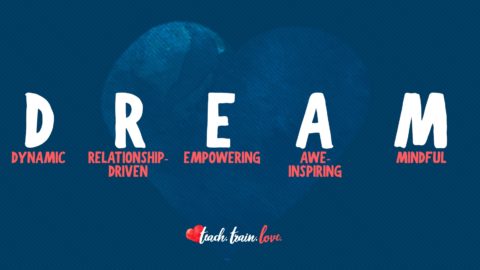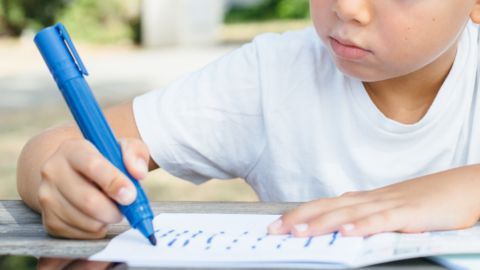*Originially published on Becker’s Insight’s on Early Learning Blog.
“The development of the mind comes through movement.”
~Maria Montessori
Movement is essential in the early years. Students learn by doing and need ample opportunities throughout the day to engage their minds and bodies. Active learning environments allow students to thrive socially, emotionally, cognitively, physically, and even medically.
The U.S. Department of Health and Human Services (2018) recommends prioritizing “time for both structured and unstructured physical activity during school and outside of school.” It’s vital to child development, yet many of today’s children are leading sedentary lifestyles. According to the American Academy of Pediatrics, “Many children less than 5 years of age fail to meet the physical activity CDC guide of at least 60 minutes of moderate to vigorous activity per day.”
This is a multifaceted issue caused in part by children’s overuse of technology as well the pressures of high-stakes testing which has increased time spent doing seatwork.
So, how can we get students moving to learn more in early childhood education settings?
Here are 15 ways!
1) A Case for Play: Make free play a priority. Let students call the shots and provide only simple, traditional toys (if any). Play is research and keeps them active.
2) In Defense of Recess: Recess often gets squeezed out of the school day due to crowded curriculums and strict schedules. However, several states now require recess by law thanks to research and advocacy. Let’s always make time for recess, rain or shine!
3) Give Me a Brain Break: Provide short breaks from instruction to re-energize and refocus students. Play simple, classic games such as student-led “Simon Says” or choose guided sports and exercise, dancing, stretching and yoga, or coordination activity to do from GoNoodle. See my post 30 Brain Break Clips: Fight the Fidgeting as well.
4) Let’s Take it Outside: When possible, take learning beyond the four walls of the classroom. Go on a seasonal scavenger hunt. Use the five senses to describe items in nature. Practice letter/number writing with sidewalk chalk. Pick up litter while discussing the 3Rs. See Outdoor Learning: Tips for Beyond the Walls to ensure this time is productive.
5) Total Physical Response: Teach key vocabulary words by using physical movement. This creates a link between speech and action to boost language acquisition. Learn more about this approach through this Teacher Toolkit video!
6) Ready, FLEX, GO: Rather than determining where students must work, give them the power to choose the location they think they will work best. Allow them to sit, stand, kneel, etc. See Flexible Seating for Early Learners for more ideas.
7) Hip, Hip, Hooray: Celebrate individual, team, and class successes with whole body movements. Check out Dr. Jean’s Cheer Cards for specific examples.
8) Learning Pathways: Create a learning pathway on the floor in frequently traveled areas so students can practice skills such as number/letter/sight word recognition while stepping/hopping from card to card. Here’s a video of one in action!
9) Movement Flash Cards: Promote gross motor movement by incorporating quick using movement flash cards which can be used when transitioning from one activity to the other.
10) Transitional Tunes: Play music so students can move and groove while cleaning up and transitioning to the next activity.
11) STEMercise: Collect lots of “stuff” students can use for creating such as old shoe boxes, solo cups, newspapers, toilet paper rolls, etc. Challenge them to make something to demonstrate their learning. Check out these great STEM activities for early learners.
12) Community Helpers: Give every student in the class a job to do. This will help you out while teaching them how to move about the room responsibly and with purpose. Here are 50 ideas for community helper jobs!
13) Embed Exercise: Teaching students how to count to 10? Have them stomp like a dinosaur (while holding up tiny T-Rex arms of course) 10 times. Teaching colors? Have them “mix and mingle” to discuss the colors they’re wearing with classmates.
14) Lights, Camera, Action: Have students participate in role-playing, readers’ theater, poetry performances, puppet shows, etc. Give them access to props, dress-ups and costumes and let them get to “work.”
15) Exploration Station: Designate a space and time(s) in your classroom for students to further explore their learning (on their feet). For example, set out leaves, acorns, pinecones, and pumpkins when teaching about fall. If they’re learning about dinosaurs, display plastic figurines for pretend play. Hands-on inquiry beats worksheets!
So remember, movement matters! Get students moving every day to support their holistic growth and development. The health and well-being of early learners depends on it.

